
Biological, Medical, and Clinical Analysis
Latest News
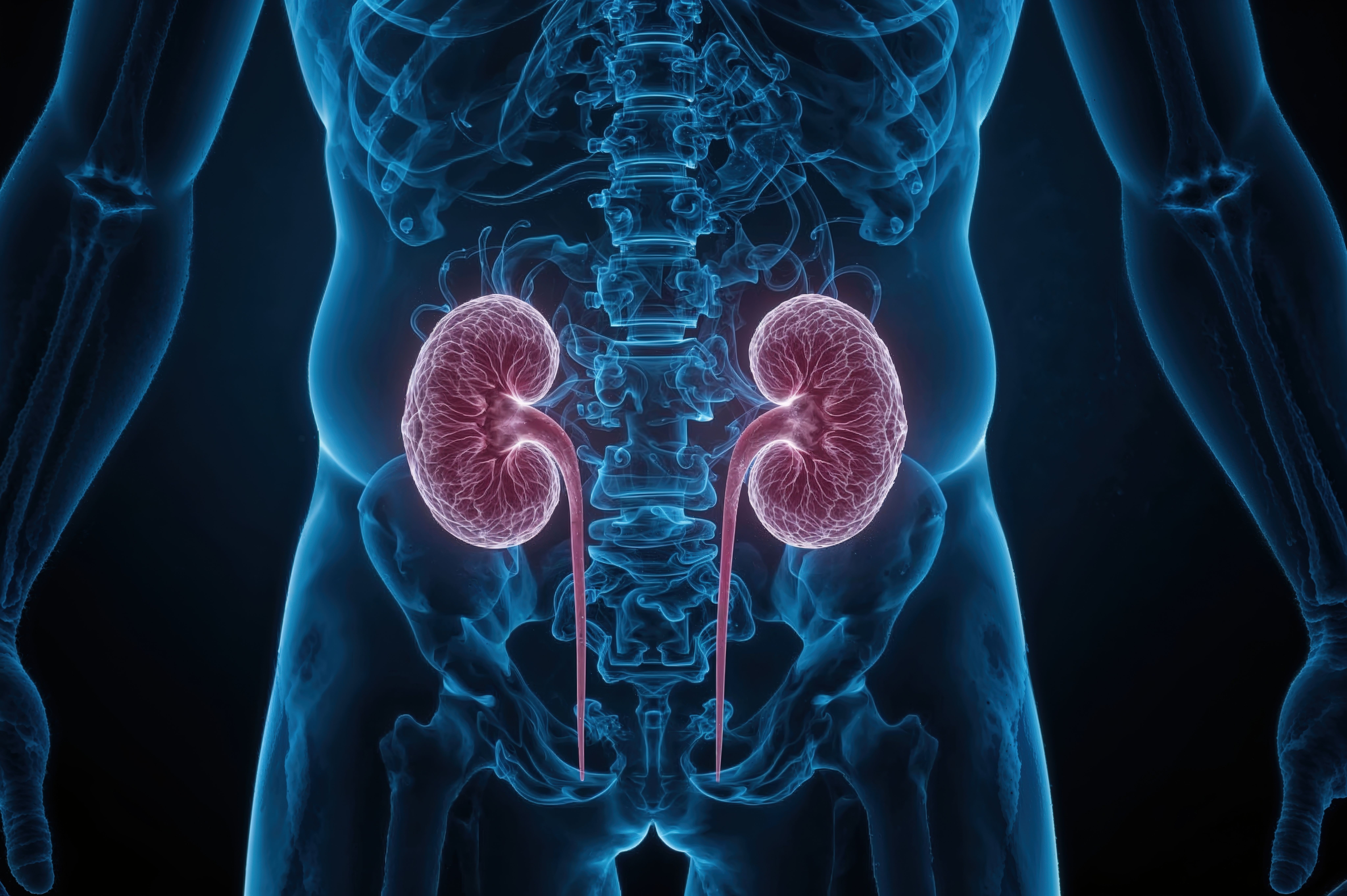
How Portable Raman Spectroscopy Systems Can Lead to Affordable Kidney Disease Diagnostics
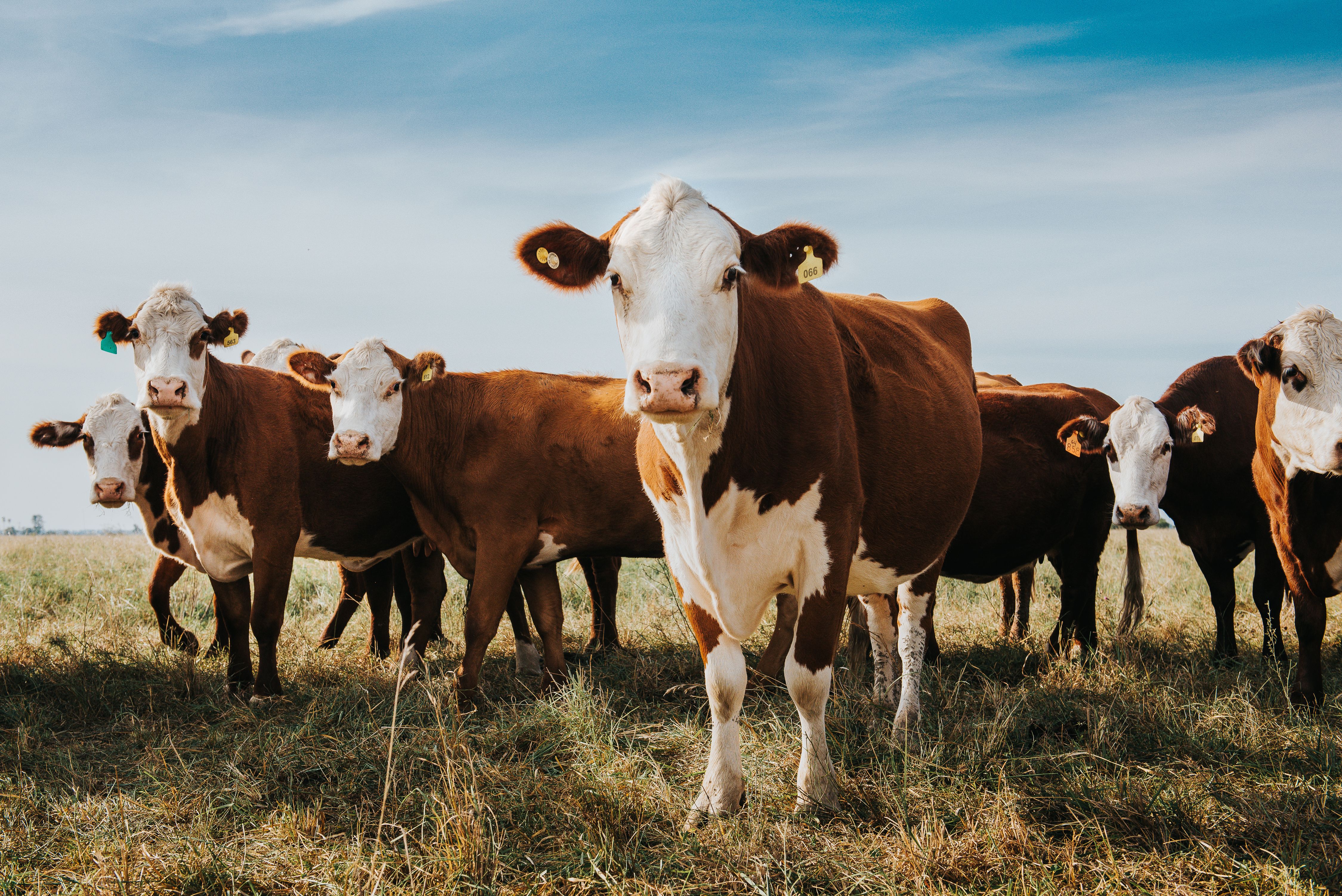
Mid-Infrared Spectroscopy Models Developed for Mastitis Detection in Dairy Cattle
Latest Videos
More News
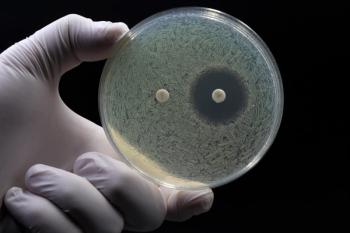
A research team from Putian University has developed a dual surface-enhanced Raman spectroscopy (SERS) and Fourier transform infrared spectroscopy (FT-IR) approach to reveal detailed molecular changes in E. coli exposed to different antibiotics.
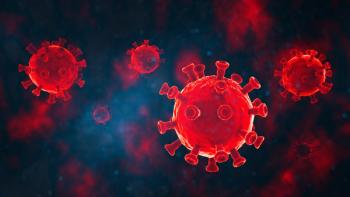
Researchers at Santiago de Compostela University (Santiago, Spain) find ultraviolet–visible (UV–vis) spectroscopy can detect and quantify post-COVID condition with high accuracy, paving the way for real-time clinical use.

Researchers from Université de Montréal have demonstrated that a new handheld Raman spectroscopy device, the UltraProbe, can accurately and rapidly detect retroperitoneal soft tissue sarcomas during surgery, offering real-time tissue analysis that could improve surgical outcomes.

A new review article highlights the growing use of random forest machine learning (ML) models in biomedical signal analysis, emphasizing their potential for detecting cell damage, assessing toxicity, and advancing diagnostic classification.

Top articles published this week include an interview about drug detection techniques with Robert Ewing of the Pacific Northwest National Laboratory, a feature about how funding cuts are impacting analytical chemists, and a compilation of articles about how Raman spectroscopy is being used in cancer diagnostics.
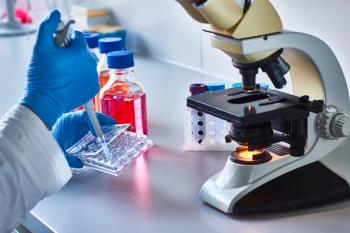
A compilation of articles that explore the role of Raman spectroscopy in cancer research is presented.

A new review article highlights how researchers in Moscow are integrating machine learning with optical spectroscopy techniques to enhance real-time diagnosis and surgical precision in central nervous system tumor treatment.

A recent study developed new photoacoustic probes to better visualize oxidative stress during acute liver injury.

A new review in TrAC Trends in Analytical Chemistry by Alfred Chin Yen Tay and Liang Wang highlights how machine learning (ML) is transforming surface-enhanced Raman spectroscopy (SERS) into a powerful, clinically viable tool for rapid and accurate medical diagnostics.
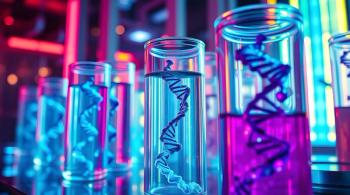
In the second part of this three-part interview, Ayanjeet Ghosh of the University of Alabama and Rohit Bhargava of the University of Illinois Urbana-Champaign discuss how machine learning (ML) is used in data analysis and go into more detail about the model they developed in their study.
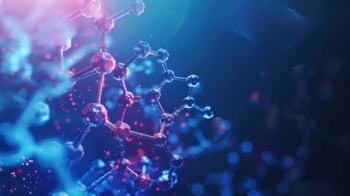
In the first part of this three-part interview, Ayanjeet Ghosh of the University of Alabama and Rohit Bhargava of the University of Illinois Urbana-Champaign discuss their interest in using discrete frequency infrared (IR) imaging to analyze protein secondary structures.
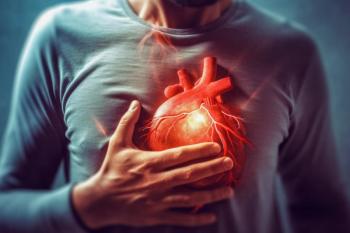
Researchers at Harbin Medical University recently developed a SERS-based diagnostic platform that uses DNA-driven “molecular hooks” and AI analysis to enable real-time detection of cardiovascular drugs in blood while eliminating interference from larger biomolecules.
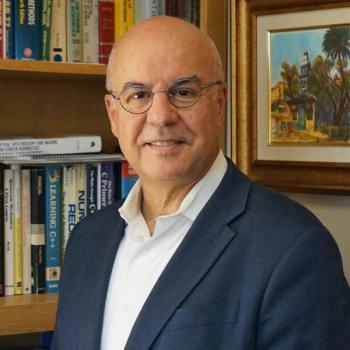
Noureddine Melikechi, dean of the Kennedy College of Sciences and professor at the University of Massachusetts Lowell, shares his work on the early detection of diseases like epithelial ovarian cancer and Alzheimer’s.

Researchers from Université de Tours have shown that serum mid-infrared spectroscopy (MIRS) may serve as a promising prognostic tool for identifying high-risk metastatic colorectal cancer patients undergoing first-line bevacizumab-based chemotherapy.
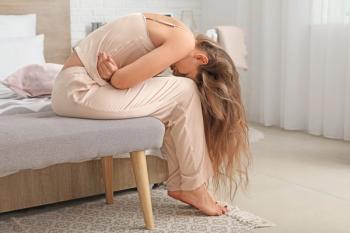
A recent study conducted by scientists in Brazil saw the development of a quick, non-invasive method to diagnose endometriosis.

Researchers from Gifu Pharmaceutical University and Gifu University Hospital unveil a novel polaprezinc (PLZ) mucoadhesive film designed to replace painful lozenges for cancer patients.
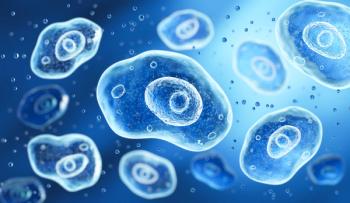
A recent study introduces a new development in cancer research using Raman spectroscopy.
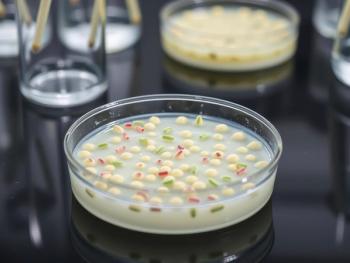
A recent study by Southeast University researchers presented a cost-effective, high-accuracy solution for pharmaceutical quality control.

A recent study from Chinese researchers sheds light on protein unfolding and hydration structure dynamics in hydrogels, with implications for drug delivery and biomedical applications.
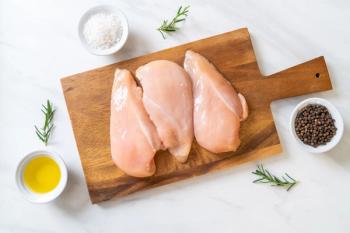
Hyperspectral imaging was recently used to characterize chicken breast affected by myopathies, which can affect their texture and quality.

HORIBA has released three new products including tools for Raman screening, advanced molecular fingerprinting, and atomic fingerprinting. Two of these new tools will be highlighted during Pittcon.

Yesterday, at 5:00 pm in Ballroom East, the Wallace H. Coulter Lecture took place, and it was delivered by Cato T. Laurencin, MD, PhD, who is well-known as a scientist and entrepreneur with an extensive career in regenerative engineering. His lecture highlighted the work he and his team has done in this space.

Researchers at the University of Lublin and the Medical University of Lublin have demonstrated the first application of FT-IR imaging in zebrafish larvae, revealing that frozen samples better preserve tissue structure than chemical fixation.

Presentations held during the first half of SPIE Photonics West 2025 highlighted the latest technological advancements in spectroscopy and how they can improve quality of life for people around the world.

Researchers from Stanford University have combined surface-enhanced Raman spectroscopy (SERS) with machine learning (ML) to enable rapid, precise single-cell analysis, offering potentially transformative applications in diagnostics and personalized medicine.





